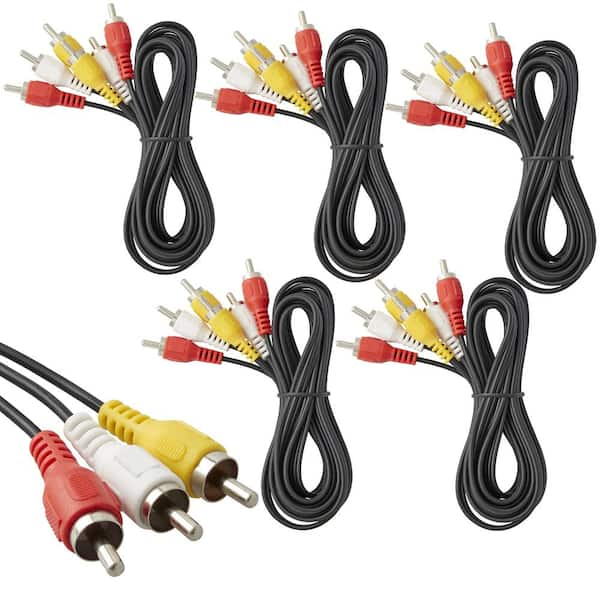Integrating Legacy Platforms with Advanced Audio Networking Solutions for Improved Performance and Adaptability.
Integrating Legacy Platforms with Advanced Audio Networking Solutions for Improved Performance and Adaptability.
Blog Article
Within today's rapidly evolving world of sound technologies, the requirement to improve performance and adaptability in audio solutions is increasingly crucial than ever. Numerous entities and locations still rely on legacy technologies, which are antiquated technologies that may not have the capabilities of contemporary devices. Nevertheless, harmonizing these legacy technologies with state-of-the-art audio networking technologies can lead to substantial improvements. Audio communication enables for better communication between equipment, allowing it easier to control and operate audio across various areas.
One of the key benefits of combining outdated systems with contemporary audio communication is enhanced flexibility. Conventional audio technologies often require complex cabling and limited routing choices. With audio communication solutions like Dante or AVB, audio signals can be transmitted over standard Ethernet connections. This means that operators can readily link various devices without the requirement for extensive reconfiguration. Whether within a performance hall, a educational auditorium, or a corporate function, this flexibility allows for rapid adjustments and changes to the audio configuration without major downtime.
Quality is another major element that improves when older technologies are modernized with current communication solutions. Legacy technologies may struggle to deliver superior sound, especially in bigger spaces or during challenging occasions. By implementing audio communication, organizations can take advantage of sophisticated capabilities such as low delay, timing, and digital signal management. These improvements help guarantee that audio is clear and consistent, improving the complete experience for audiences and artists together. This transition can make a marked impact in how sound is experienced in different environments.
Moreover, harmonizing legacy technologies with modern technologies can lead to financial savings in the extended run. While modernizing to new equipment may necessitate an upfront investment, the efficiency gained through sound communication can reduce maintenance expenses and decrease the requirement for ongoing repairs. Furthermore, connected systems often require less tangible room than conventional setups, which can save on property expenses in locations. Organizations can allocate resources better efficiently, utilizing the money they retain to allocate resources in additional critical areas.
Lastly, educating personnel on how to use combined technologies becomes simpler with audio communication. Many modern sound communication platforms come with user-friendly controls and remote control features. This indicates that even those who may lack significant technical knowledge can be trained to operate and control the site link sound solutions efficiently. Training initiatives can be designed around these solutions, enabling staff to manage and diagnose systems with assurance. By combining the old with the modern, entities can create a more competent and knowledgeable team, ultimately leading to improved audio experiences for all concerned.